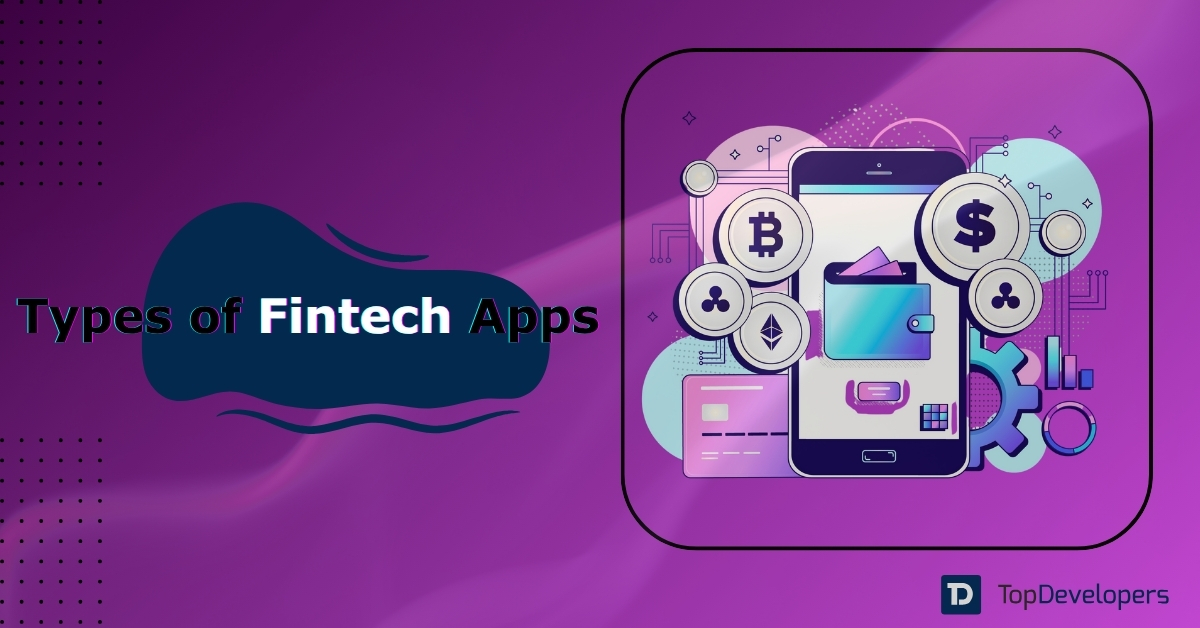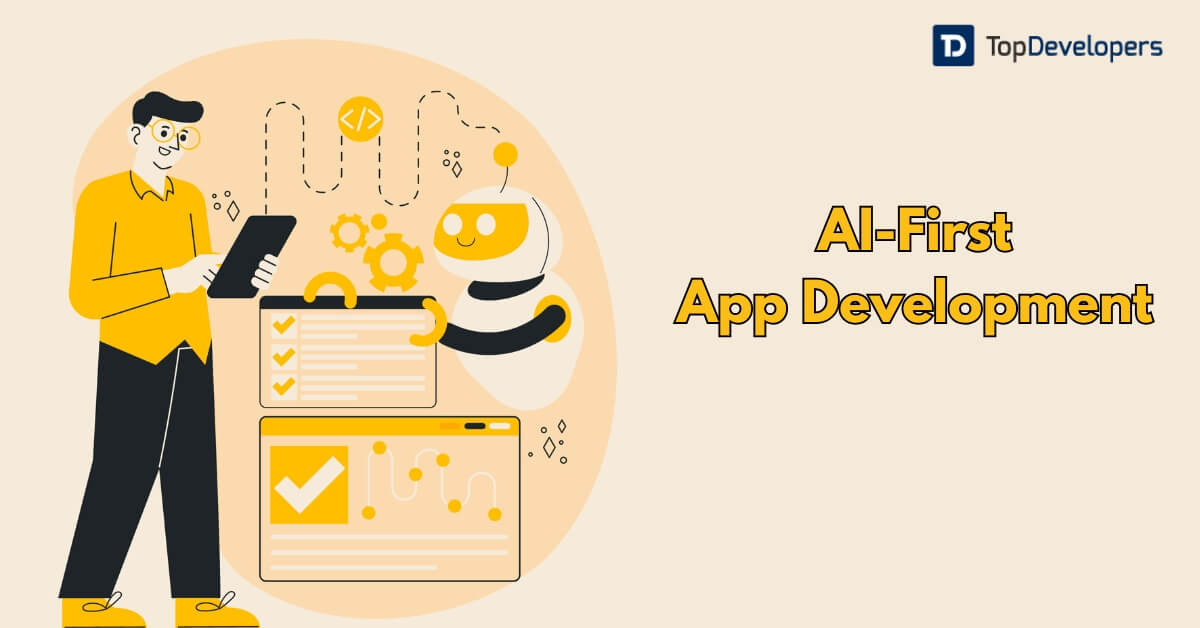
The fintech revolution is not slowing down in 2025. It is gaining momentum.
With digital wallets, instant lending, and AI-driven banking becoming the norm, users expect more than just basic features. They want speed, trust, and a seamless experience. And they want it all from the palm of their hand.
According to a recent report by Mordor Intelligence, the global fintech market is expected to grow steadily. This growth is fueled by rising smartphone usage, better internet access, and changing user behavior. As the market expands, competition becomes more intense. To stay relevant, fintech apps need more than functionality. They need to deliver real value.
That is why essential features today are not just about doing the job. They are about creating trust, ensuring data safety, and offering smooth user journeys.
In this guide, we will explore what really matters in a modern fintech app. From smart design and strong security to compliance and long-term scalability, these are the must-have features shaping the future of digital finance.
Table of Contents
Core Functional Features Every Fintech App Needs
A successful fintech app is more than a digital wallet or a payment tool. It solves real problems with intuitive, fast, and secure solutions. Below are the core features every competitive fintech app should offer in 2025 and beyond.
1. Biometric and Multi Factor Authentication
Face recognition, fingerprint login, one-time passwords, and behavioral analysis are no longer optional. They are essential. Biometric and multi factor authentication create a strong security layer without slowing down the user experience. They help users feel safe every time they open the app. And more importantly, they reduce the risk of fraud.
In a digital world where threats are constant, this feature builds trust from the very first interaction.
2. Seamless Onboarding and KYC Automation
First impressions matter. Users expect to set up an account in minutes, not hours.
With eKYC solutions like Onfido and Jumio, fintech apps can verify user identity quickly and accurately. This removes the need for manual paperwork and long wait times.
The result is simple. Faster onboarding means higher conversion. And that means more active users from day one.
3. Real Time Payment and Transaction Integrations
Modern users expect money to move instantly. Whether they are sending funds to a friend or paying bills across borders, speed is key.
Integrating real time payment systems like UPI, ACH, SWIFT, PayPal, and Plaid ensures smooth and reliable transfers. It also expands your app’s global reach.
This is where fintech truly outshines traditional banking.
4. Smart Budgeting and Expense Categorization
Users want control over their money. They want to see where it goes, when it moves, and how they can save more.
Features like automatic expense tagging, goal setting, and spend tracking turn your app into a personal finance assistant. Think of how apps like Mint or YNAB help users stay on top of their finances.
This is no longer a bonus feature. It is expected.
5. Investment and Wealth Tools
More users today are exploring investing for the first time. They want tools that guide them, not confuse them.
Micro-investing, robo-advisory services, and portfolio insights help users grow their wealth with confidence. Popular apps like Robinhood, Groww, and Acorns show how powerful this can be when done right.
These tools not only support financial growth. They drive long term app engagement.
UX/UI Features That Drive Engagement and Retention
A well-designed fintech app does more than look good. It feels good to use. The user interface should guide, inform, and even delight. That is what keeps people coming back.
Below are key design features that boost engagement and loyalty.
6. Personalized Dashboards and Insights
Users want an experience that feels like it was made for them. Personalized dashboards offer that.
By using AI to analyze behavior and spending patterns, the app can show smart insights. These might include monthly trends, saving tips, or custom notifications.
Cleo is a great example. Its conversational interface makes finance fun and interactive. That kind of personalization keeps users engaged.
7. Microinteractions and Motion Feedback
The small things often make the biggest difference.
Subtle animations when a user completes an action. A bounce when a button is tapped. A loading spinner that keeps things moving. These little touches add polish to the experience.
They make the app feel alive. More importantly, they improve user trust by showing that things are working in the background.
8. Dark Mode, Accessibility and Responsiveness
Not every user interacts the same way. Your app should adapt.
Adding a dark mode reduces eye strain and gives users more control. Designing with accessibility in mind ensures people of all abilities can use the app. This means following WCAG standards and keeping text, contrast, and interactions clear.
Responsive design ensures everything works smoothly across different screen sizes. Whether on a phone, tablet, or desktop, the experience should stay consistent.
9. Gamification for Financial Literacy
Learning about money does not have to be boring. Gamification makes it engaging.
Features like badges, progress bars, leaderboards, and fun challenges motivate users to take control of their finances. They also create a sense of achievement.
The result is twofold. Users stay longer, and they learn more. A win for both sides.
Advanced and Emerging Fintech Capabilities
Fintech is evolving fast. What once seemed futuristic is now becoming essential. These emerging features are shaping the next generation of financial apps.
10. Voice and Chatbot Interfaces
Users expect convenience. Many prefer to speak or type a quick message instead of tapping through menus.
Voice interfaces allow users to check balances, send money, or get updates through simple spoken commands. Chatbots offer instant support and answer common questions any time of day.
Platforms like Google Dialogflow and Alexa SDK make this possible. The result is a faster and more natural user experience.
11. AI Powered Fraud Detection
Security is a top priority in any fintech product. Artificial intelligence is making it stronger and smarter.
By analyzing transaction patterns, AI can detect suspicious behavior that humans might miss. This helps identify fraud early and trigger real-time alerts.
Machine learning also improves accuracy over time. That means fewer false alarms and better protection for users.
12. Open Banking and Third Party Integration
Open banking is changing how people manage their money. It gives users more control and transparency.
By connecting with third party providers like Plaid and TrueLayer, fintech apps can offer a full financial picture. Users can see accounts, cards, and investments all in one place.
This is also about compliance. Being ready for regulations like PSD2 builds trust and keeps your app future ready.
Backend Essentials for Fintech Success
A fintech app is only as strong as its backend. Behind every seamless transaction and secure login, there is a robust system doing the heavy lifting. These backend features form the backbone of a high performing financial product.
13. Secure Cloud Infrastructure and Data Encryption
Security starts at the core. Using a zero trust approach ensures that no device or user is trusted by default. Every access point is verified.
All sensitive data must be encrypted both at rest and in transit. This adds an extra layer of safety that protects users and business operations.
Cloud providers like AWS and GCP offer strong compliance support. They help meet strict financial regulations while providing powerful infrastructure.
14. Scalable Architecture
As users grow, your system must scale with them. A rigid structure will only slow you down.
Using microservices allows each part of the app to work independently. This keeps things flexible and easy to update.
With CI and CD pipelines, new features and fixes can be deployed quickly. The right setup ensures your app can handle millions of transactions without breaking a sweat.
15. Analytics for Business and Users
Data tells the real story. With the right tools, you can track behavior, measure growth, and fine tune the user experience.
Platforms like Mixpanel, Firebase, and Amplitude help collect and analyze key insights. These may include usage trends, churn signals, or spending habits.
By understanding what users want and how they behave, you can make smarter decisions that drive both engagement and retention.
Regulatory Compliance and Trust Building
In fintech, trust is everything. Users are sharing their most sensitive financial data. To win and keep that trust, your app must stay fully compliant and transparent at every step.
16. GDPR, PCI DSS and AML Integration
Regulations are not just legal checkboxes. They are essential for protecting user data and building credibility.
GDPR outlines how user data must be collected, stored, and deleted. PCI DSS is vital for processing payments safely. Anti Money Laundering rules help prevent illegal activity and fraud.
Fintech apps should automate AML screenings to speed up compliance. Secure storage of sensitive documents ensures that data stays protected at all times.
Meeting these standards is a must if you want users and regulators to take your app seriously.
17. Transparent Privacy Controls
Users need to know how their data is used. And they need tools to control it.
Designing for privacy means asking for consent clearly and allowing users to manage their preferences easily. This includes opting out of marketing, turning off data sharing, or deleting accounts.
Putting users in control builds long term trust. It also shows that your product values ethics as much as innovation.
Conclusion
Building a fintech app in 2025 requires more than just great ideas. It demands excellence across every part of the product.
From biometric authentication and instant payments to fraud prevention and personalized insights, each feature adds real value. The strongest apps combine user experience, security, and regulatory readiness in everything they do.
This combination of design, protection, and compliance is what sets trusted fintech products apart.
Whether you are starting fresh or improving an existing platform, begin with features that solve real user problems. Then improve and expand as your audience grows.
If you are searching for expert support, partnering with a top fintech app development company can help bring your vision to life with clarity and scale.
The future of finance is being built today. Make sure your app is ready.
 Avantika Shergil
| Jul 25, 2025
Avantika Shergil
| Jul 25, 2025
Avantika Shergil is a technology enthusiast and thought leader with deep expertise in software development and web technologies. With over 8 years of experience analyzing and evaluating cutting-edge digital solutions, Avantika has a knack for demystifying complex tech trends. Her insights into modern programming frameworks, system architecture, and web innovation have empowered businesses to make informed decisions in the ever-evolving tech landscape. Avantika is passionate about bridging the gap between technology and business strategy, helping businesses build customized software and website, and understand about different tools to leverage effectively for their ventures. Explore her work for a unique perspective on the future of digital innovation.








